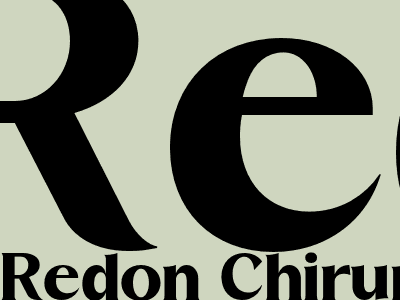
Redon Chirurgie
Redon Chirurgie: A Comprehensive Guide to Post-Operative Drainage
Introduction
Redon chirurgie, also known as Redon drainage, is a surgical technique used to drain fluids that accumulate after surgery. Developed by Dr. Henri Redon in the early 20th century, it involves placing a drainage tube into the surgical site and connecting it to a vacuum bottle. The vacuum created draws out fluids and prevents them from collecting, reducing the risk of infection and promoting healing.
Indications and Benefits
Redon drainage is commonly used after surgical procedures that result in fluid accumulation, such as: - Orthopedic surgeries - Abdominal surgeries - Thoracic surgeries - Neurosurgeries
Benefits include:
- Drains fluids to prevent seroma and hematoma formation - Reduces pain and discomfort - Promotes wound healing by preventing infection - Allows surgeons to monitor fluid output and assess healing
Procedure
Redon drainage typically involves the following steps: - The surgeon inserts a drainage tube into the surgical site during surgery. - The tube is connected to a vacuum bottle, which creates a vacuum and draws out fluids. - The bottle is emptied as needed, usually every 8-12 hours. - The drainage tube is typically removed once fluid output decreases or ceases.
Complications
Although Redon drainage is generally safe and effective, there are some potential complications: - Infection: The drainage site can become infected if not properly cared for. - Leakage: The drainage tube can leak if it becomes dislodged. - Bleeding: The drainage tube can cause bleeding if it is not inserted correctly. - Pain: The drainage tube can cause discomfort, especially if it is not placed properly. Proper wound care and pain management techniques are crucial to minimize discomfort and prevent complications.
Nursing Care
Nursing care is essential for successful Redon drainage. Responsibilities include: - Monitoring fluid output and assessing wound healing. - Ensuring the drainage system is functioning properly. - Emptying the vacuum bottle as needed. - Changing the dressing around the drainage site. - Providing pain management and wound care.
Patient Care Instructions
Patients with Redon drainage should follow specific instructions: - Keep the drainage site clean and dry. - Change the dressing as directed by the healthcare provider. - Monitor fluid output and report any changes to the healthcare provider. - Report any signs of infection or pain. - Avoid strenuous activity.
Conclusion
Redon chirurgie is a valuable surgical technique that aids in post-operative fluid drainage, reducing the risk of complications and promoting wound healing. Understanding the indications, benefits, procedure, complications, and nursing and patient care is essential for effective management and optimal outcomes.
Comments